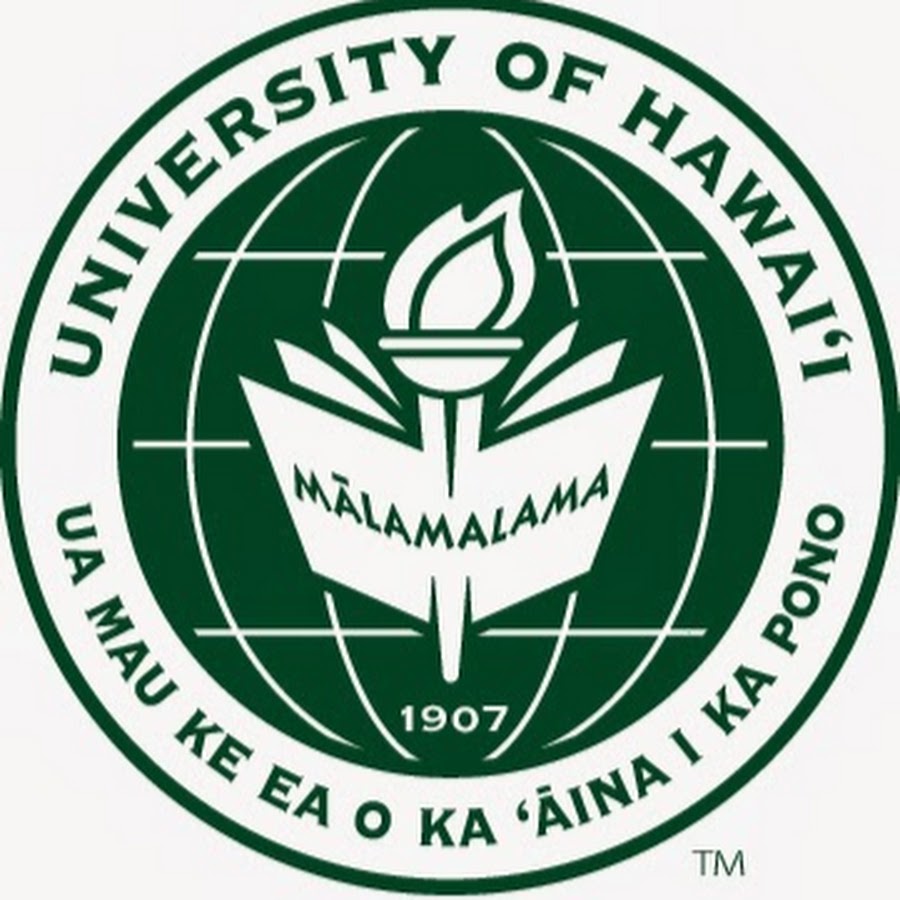I have often blogged about the high cost of constructing nuclear power plants. Not one nuclear power plant built in the U.S. has ever been completed within the original cost estimate and within the original schedule. After decades, the U.S. started constructing four new commercial nuclear power reactors, two in South Carolina and two in Georgia. One pair was abandoned recently because of incompetence and rising costs. The other pair is in serious trouble because of rising costs.
David Petti is a fellow at the Idaho National Laboratory. He contributed to a report on nuclear plant construction that was recently released by MIT. He said, “interviewed both the failed projects and the successful projects, and our recommendation was that we need an increased focus on using proven construction-management practices to increase the probability of success in the execution and delivery of new nuclear plants.”
Cost overruns and scheduling delays are often blamed on what supporters of nuclear power call burdensome government regulation. There are many factors that contribute to expense of constructing nuclear power reactors but here are three major reasons aside from regulation mentioned in the MIT report.
One big problem in the construction of a nuclear power plant has to do with the design. Nuclear contractors in the U.S. have often started construction before the design is complete. This is backward from best construction practices which say that a design should be finalized before any construction begins. A project for a vitrification plant at the Hanford Nuclear Reservation was halted for years because construction began before the design was finished. This cost millions of extra dollars.
Petti said, “Making sure that the design is complete, making sure that you have fabricators and constructors on your design team early so that you know that what you design can be built. This was not done for certain projects.”
Obviously, it is important to have competent management of construction projects. If the people managing the project are not capable of handling the complexity, there are unanticipated cost increases and schedule delays. Construction of the two nuclear power reactors in South Carolina was stopped because the contractors were not capable of handling the management of the project.
Petti said that nuclear construction can be improved by “making sure everyone has skin in the game, making sure the process can deal with and adapt quickly to change, because change is inevitable in something as complex as this. As construction schedules drag out you’re paying interest and you’ve got a lot of people on the site that are not being productive.”
Reactor construction has basically halted in the U.S. and Western Europe. Because of this, the required network of trained workers and spare parts suppliers has been withering away. Without a readily available supply of workers and parts, construction and operation of nuclear power plants becomes much more difficult. Petti says, “There have been problems, there’s been an atrophy in the West because we haven’t built a plant, whether it be in Europe or the United States, in 30 years. The successful vendors have really strong supply chains, like South Korea.”







